[rev_slider_vc alias=”master-plan”]
THE MASTERPLAN
Around 6th century B.C. Lumbini was a beautiful pleasure garden collectively maintained by the Sakyas of Kapilvastu and the Koliyas of Devadaha and Ramagrama kingdoms.
Buddhist literature describes Lumbini as a Pradimoksha vana, a place blessed with blooming Sal trees and bees of five colors humming among the masses of beautiful flowers. The sweet warbling of various birds and other natural characteristics in Lumbini were compared to the Cittalata (mind-captivating) grove of Indra's paradise in heaven. Lumbini, apart from being a pleasure garden for the youths of the two republics, also nurtured contemplative and aesthtic values. Even the Buddha at the time of his Mahaparinivana eloquently recommended from his deathbed at Kushinara that all faithful followers and devotees of his order should visit for inspiration.
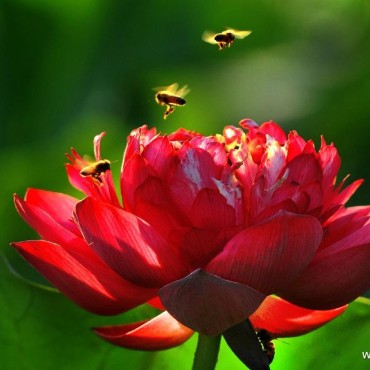
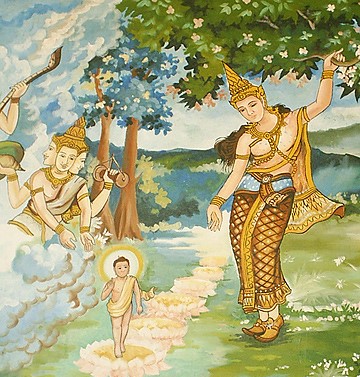
After the passing away of the Buddha, Indian Emperor Asoka visited Lumbini in around 249 BC and installed a commemorative pillar bearing an inscription in Brahmi script, stating: “King Piyadassi (Ashoka), beloved of the gods, in the 20th year of the coronation, himself made a royal visit. Buddha Sakyamuni having been born here, a stone railing was built and a stone pillar erected. And Lumbini village was tax reduced to the eighth part only.” Chinese Buddhist monks also visited Lumbini in 5th and 7th century A.D. and left written records of their visit. However, due to socio-political changes in the continent after the 9th century, slowly Lumbini was forgotten and lost in time. In 1895 A.D., Lumbini was re-discovered by Keshar Shumsher JBR and Alois Anton Fuhrer. The written travel records of Chinese monks and the inscription left on the Asoka pillar played a major role in identifying the birthplace of the Buddha after its rediscovery.
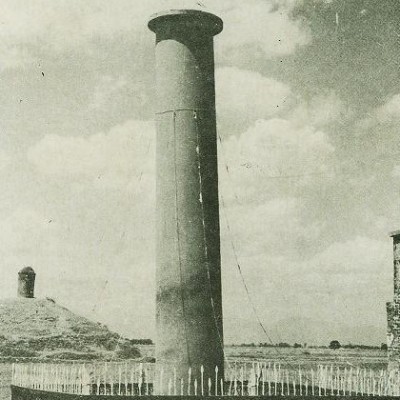
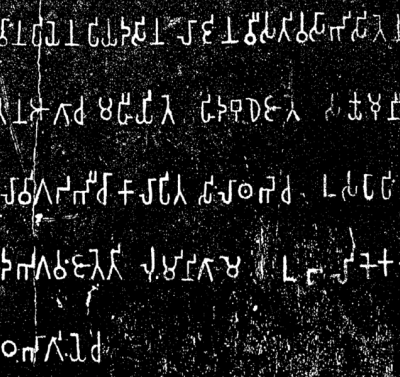
In 1967, U Thant, Secretary-General of the United Nations, visited Lumbini and proposed the development of Lumbini into a major center of pilgrimage and a peace destination. His visit became a major landmark in the history of the development of Lumbini. A devout Buddhist from Myanmar, U Thant believed that Lumbini should be developed as a place where religious and secular leaders could work together to create a world free from hunger and strife. United Nation created a 15-nation member International Lumbini Development Committee. The Master Plan was conceptualized by famed architect Kenzo Tange and approved in 1978.
The Kenzo Tange Master Plan covers an area of 5×5 miles with the central square mile being the Sacred Garden within which lies the UNESCO World Heritage Property. Of the Master Plan, the 1×3 mile area includes the following three zones:
THE SACRED GARDEN ZONE
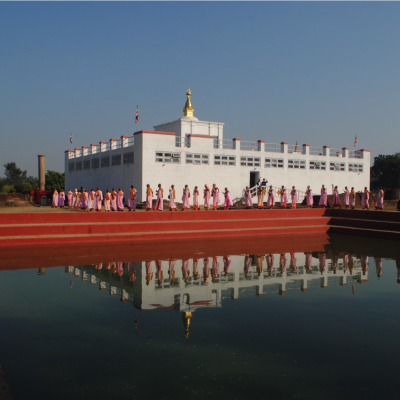
THE MONASTIC ZONE
This zone accommodates monasteries and meditation centers, including approximately 49 stupas and monasteries. This zone is divided into East and West Monastic Zones. The East Monastic Zone is reserved for the construction of Theravada centers. The West Monastic Zone hosts various monasteries and meditation centers representing the Mahayana Buddhist tradition.
The Sacred Garden includes the World Heritage property, Maya Devi temple, the Asokan Pillar, various stupas, chaityas and old remains of the garden and its trees. New construction is restricted in this zone to reflect the great ideals of peace, compassion, purity and brotherhood.
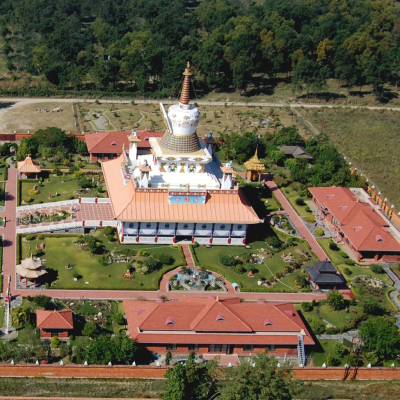
THE NEW LUMBINI VILLAGE ZONE
This zone is purely allocated for physical facilities like hotels, pilgrims’ inns, post and telegraph offices, etc. A Museum, an international Buddhist research center, and a tourist information center have already been constructed in this area.
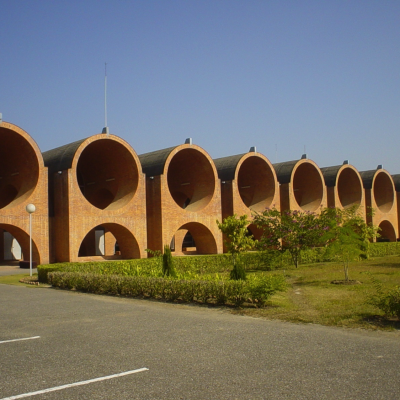

Local villagers welcomed the plan for the development of Lumbini and 7 villages were moved from their location to create the land for the master plan. Implementation of the master plan since its beginning in 1978, has had some setbacks and has taken longer than initially planned. These days, Lumbini Development Trust is the implementing agency of the Master plan.
In collaboration with the Canadian Engaged Buddhism Association (CEBA), LSSF is building a Peace Education Center within the Master Plan zone (at its Bodhi Institute) to help serve the visitors of Lumbini, and to help re-connect the rural communities with the new master plan.
